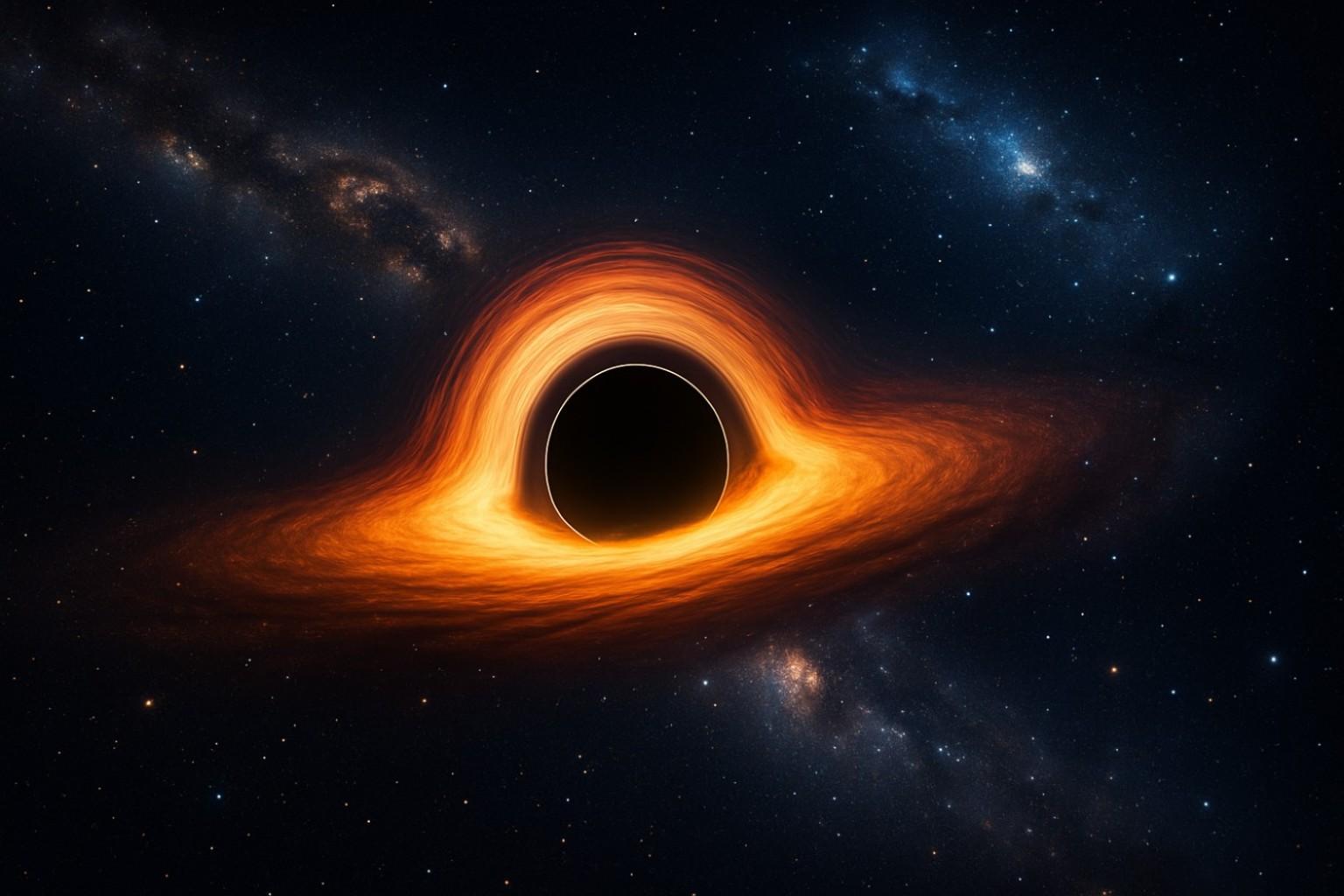Throughout the universe, few phenomena inspire as much wonder and intrigue as black holes and the countless cosmic mysteries that surround them. Scientists and astronomers continue to uncover the secrets of these extraordinary objects, revealing a universe more fascinating and complex than previously imagined. From mind-bending physics to unsolved cosmic puzzles, here are ten incredible topics that illustrate the captivating world of black holes and cosmic mysteries.
1. The Enigma of Black Holes
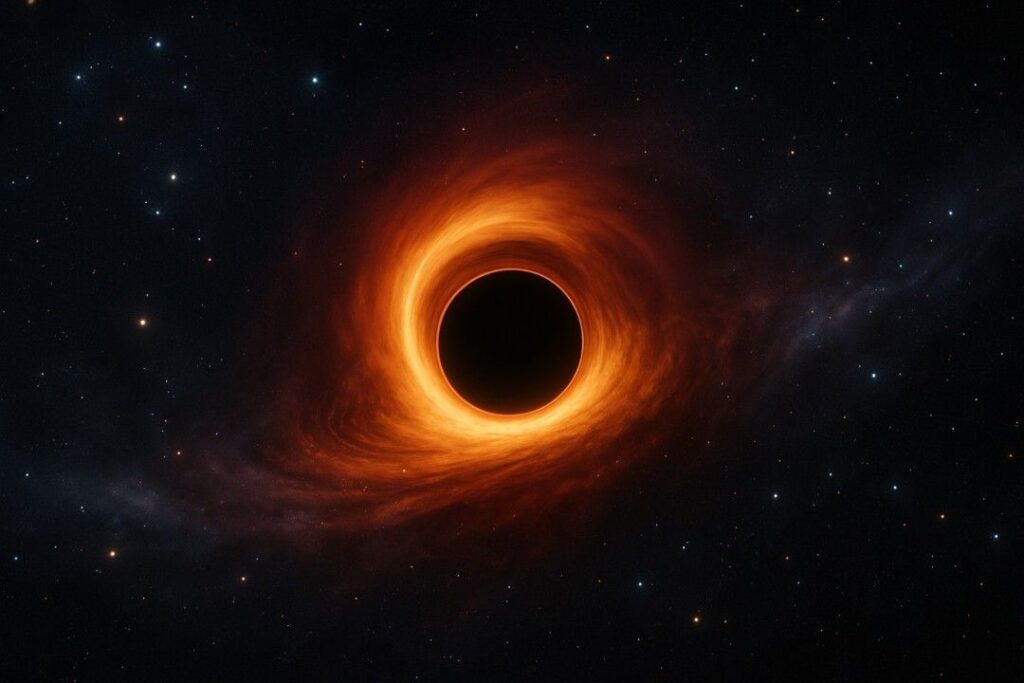
Black holes are regions of spacetime where gravity is so intense that nothing—not even light—can escape. First predicted by Albert Einstein’s general theory of relativity, black holes form when massive stars collapse under their own gravity. While invisible to the naked eye, their presence is detected through the impact they have on nearby matter and light.
Astronomers use sophisticated instruments like the Event Horizon Telescope, which in 2019 captured the first-ever image of a black hole in the galaxy M87. These mysterious objects stretch our understanding of physics, as they mark the boundaries where known laws of nature break down, making black holes some of the most mysterious entities in the cosmos.
2. Event Horizons: The Point of No Return
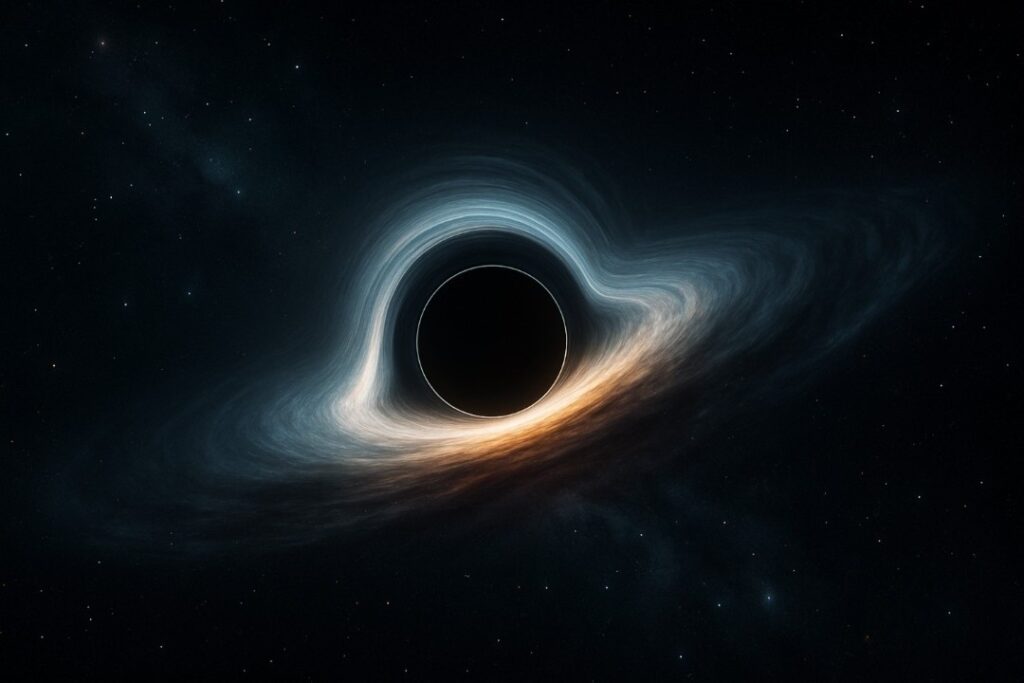
The event horizon is the defining boundary of a black hole. Once anything crosses this threshold, escape becomes impossible, even for light. This invisible “surface” separates the black hole from the rest of the universe, and anything that passes it is lost forever. While the concept is simple, the event horizon remains one of the most mind-boggling aspects of black holes.
For instance, to a distant observer, objects appear to slow down and freeze as they approach the event horizon, thanks to extreme gravitational time dilation. The event horizon also plays a central role in key scientific debates, such as the information paradox, which questions whether information swallowed by a black hole is truly lost. The study of event horizons continues to drive advancements in astrophysics.
3. Supermassive Black Holes at Galactic Centers
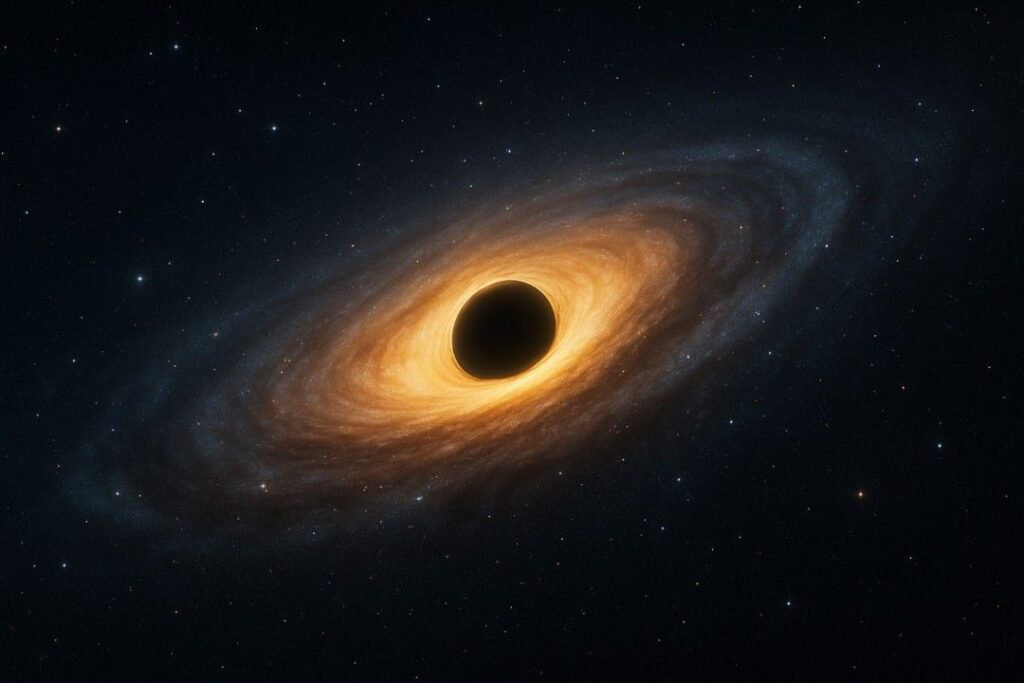
At the heart of nearly every large galaxy, including our own Milky Way, lies a supermassive black hole millions or even billions of times more massive than the Sun. These cosmic giants, like Sagittarius A* at the Milky Way’s core, anchor galaxies and influence their evolution. Supermassive black holes consume vast amounts of gas, dust, and even stars, shaping the formation of galaxies and affecting star birth rates.
Their origins remain one of astronomy’s biggest puzzles: did they form from the merger of smaller black holes, or from massive clouds of gas early in the universe? Studying supermassive black holes helps scientists understand the history and structure of galaxies, as well as the future of our cosmic neighborhood.
4. The Mystery of Dark Matter

Dark matter is one of the most profound cosmic mysteries. Unlike black holes, dark matter does not emit, absorb, or reflect light, making it invisible to telescopes. However, scientists infer its existence from its gravitational influence on visible matter, such as the way galaxies rotate and how light bends around massive clusters—a phenomenon known as gravitational lensing.
Approximately 27% of the universe is thought to be composed of dark matter, far outweighing ordinary matter. However, the true nature of dark matter remains unknown, with theories ranging from exotic particles to primordial black holes. Ultimately, solving the dark matter puzzle is key to unlocking a deeper understanding of the universe’s structure and evolution.
5. Wormholes: Theoretical Cosmic Gateways
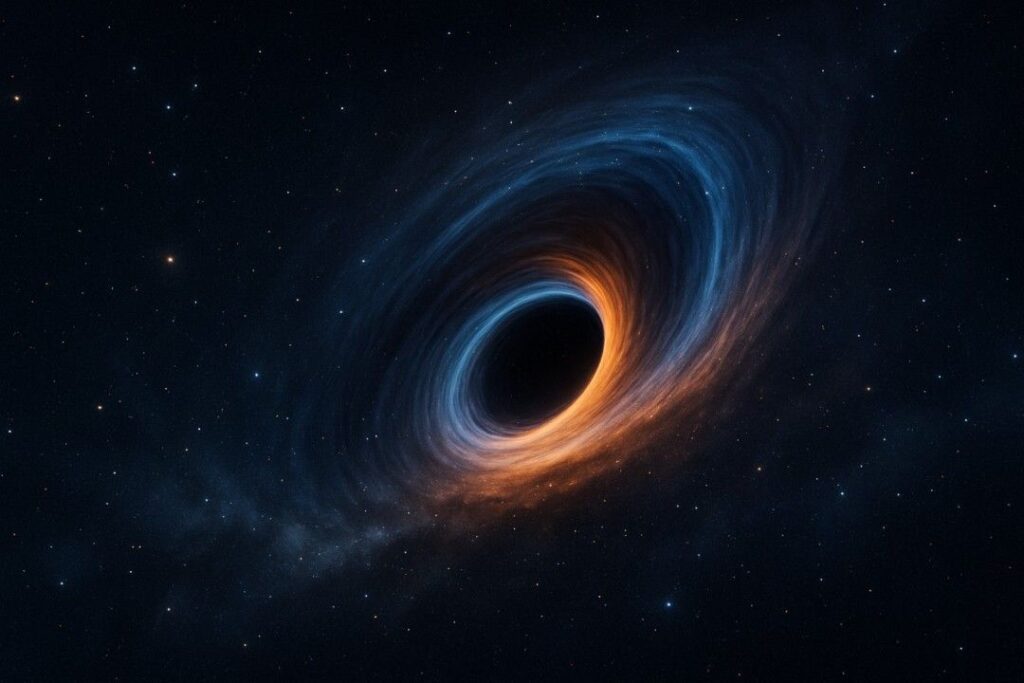
Wormholes are hypothetical passages through spacetime that could connect distant points in the universe. General relativity describes a wormhole as a tunnel that connects two different points in space and time, with each end opening at a separate location. While they capture the imagination in science fiction as shortcuts for interstellar travel, no experimental evidence for their existence has been found.
Theoretical models suggest that maintaining a stable wormhole would require “exotic matter” with negative energy density—a substance not yet observed. If wormholes do exist, they could revolutionize our understanding of space travel and open new possibilities for exploring the cosmos.
6. Hawking Radiation: Black Holes Aren’t Completely Black
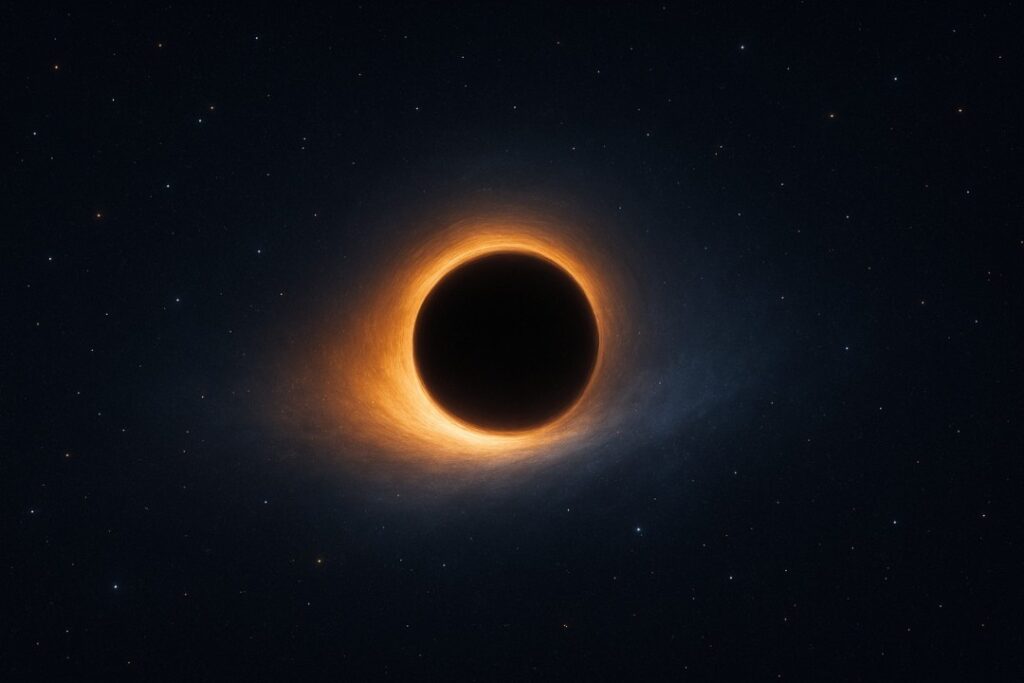
In 1974, physicist Stephen Hawking proposed that black holes are not entirely black but emit a faint radiation due to quantum effects near the event horizon. Known as Hawking radiation, this process suggests that black holes can gradually lose mass and eventually evaporate over incredibly long timescales.
While Hawking radiation has not yet been observed directly, its implications challenge the classical view of black holes as inescapable traps. This concept also raises profound questions about the fate of information and the ultimate end of black holes, fueling ongoing debates in theoretical physics and quantum gravity.
7. The Black Hole Information Paradox
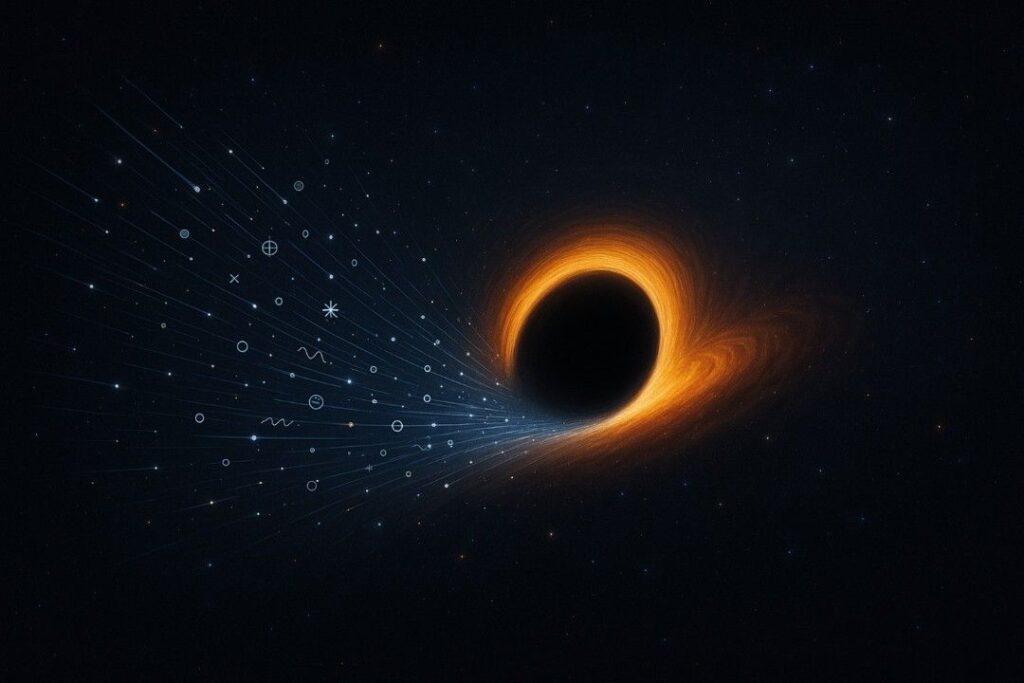
The black hole information paradox is one of the most significant unsolved problems in theoretical physics. According to quantum mechanics, information about physical states cannot be destroyed. However, black holes appear to swallow information, leading to a conflict with quantum theory. When a black hole evaporates via Hawking radiation, does the information it contains disappear forever, or is it somehow preserved?
This paradox has sparked decades of debate, inspiring new theories about quantum gravity and the fabric of spacetime. Recent ideas, such as the “holographic principle,” suggest that all the information falling into a black hole may be encoded on its event horizon, pointing toward a deeper unity between gravity and quantum mechanics.
8. Gravitational Waves: Ripples in Spacetime
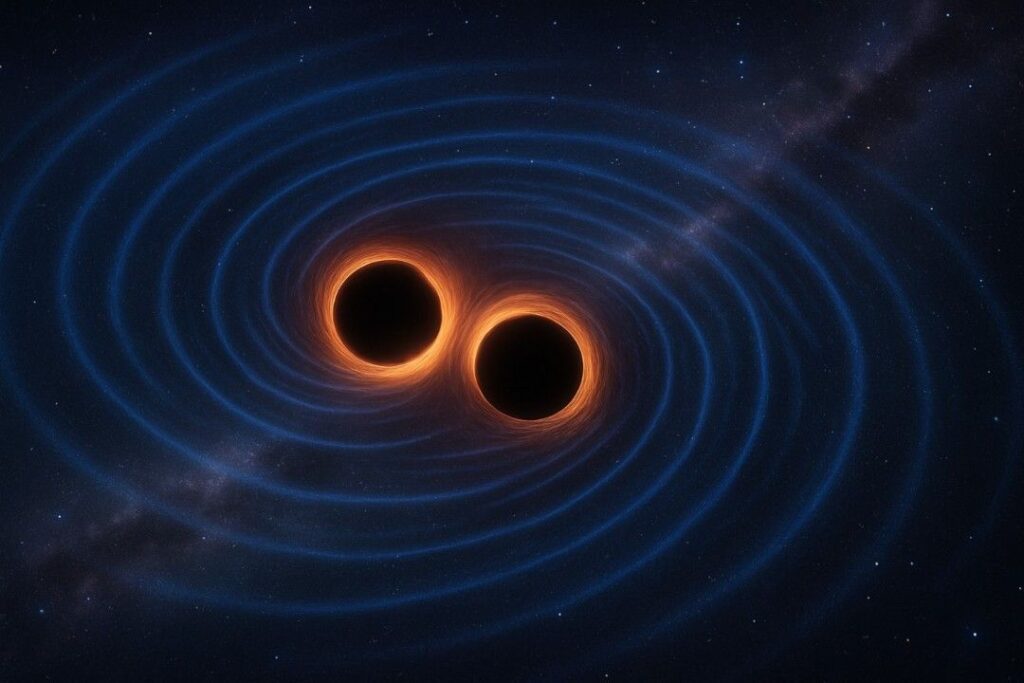
In 2015, the Laser Interferometer Gravitational-Wave Observatory (LIGO) made history by detecting gravitational waves—ripples in the fabric of spacetime created by violent cosmic events, such as black hole mergers. These waves confirm a major prediction of Einstein’s general relativity and provide a new way to observe the universe.
Unlike light, gravitational waves pass through matter virtually undisturbed, carrying unique information about their cataclysmic origins. The study of gravitational waves has already revealed new types of black holes and neutron star collisions, opening an entirely new era in astronomy known as “multi-messenger” astrophysics.
9. The Expanding Universe & Dark Energy

One of the greatest cosmic mysteries is the accelerating expansion of the universe. Specifically, observations of distant supernovae and the cosmic microwave background suggest that a mysterious force, called dark energy, is driving this acceleration. Dark energy is thought to make up about 68% of the universe, yet its nature remains unknown.
While some theories propose it is a property of space itself, others suggest new physics beyond our current understanding. Moreover, the interplay between dark energy, dark matter, and black holes shapes the evolution of the cosmos, making the study of these mysteries one of the most exciting frontiers in science.
10. The Role of Black Holes in Galactic Evolution
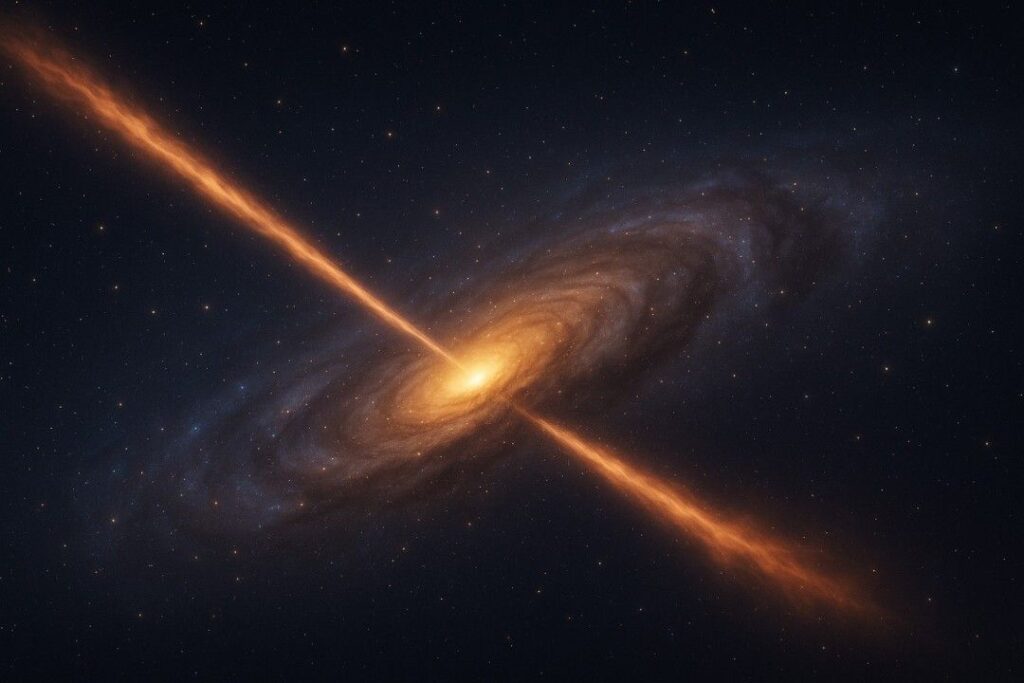
Black holes, especially the supermassive ones at galactic centers, play a crucial role in the life cycles of galaxies. They regulate the growth of galaxies by emitting powerful jets of energy and particles, which can either trigger or suppress star formation in their surroundings.
When galaxies collide, their central black holes may merge, releasing enormous energy in the form of gravitational waves. Understanding the complex relationship between black holes and their host galaxies provides valuable insight into the history, dynamics, and ultimate fate of the universe, highlighting the central role these enigmatic objects play in cosmic evolution.

